Maximizing natural light: the essential first step

A well-exposed greenhouse helps reduce electricity consumption while ensuring healthy plant growth. For this, orientation is essential: a north-south-facing greenhouse maximizes sunlight throughout the day.
This type of arrangement promotes the diffusion of natural light, essential to the photosynthesis process, while limiting the use of artificial lighting.
Regular maintenance of the greenhouse walls is also crucial. Clean glass improves the amount of sunlight entering the greenhouse.
In addition, the use of diffusing panels , such as honeycomb polycarbonate, improves the efficiency of natural lighting while avoiding shadow areas. These materials offer a practical and durable solution, which extends the life of the installation.
| Season | Position of the sun | Ideal orientation | Effect on brightness |
|---|---|---|---|
| Summer | High in the sky | North-South | High exposure |
| Winter | Low on the horizon | Southward tilt | Softer light |
When and why should you use artificial lighting?

Even in sunny regions of France, natural light becomes insufficient in autumn and winter. Lack of light can slow plant growth, prevent flowering, or delay the vegetative stage.
To grow properly in cold weather or in a shelter with little exposure, horticultural lighting is essential. It provides a constant source of light, adapted to the needs of each plant.
LED horticultural lighting , in particular, offers high luminous efficiency and significant energy savings. Depending on the type of plant, the required lighting duration varies between 10 and 16 hours per day. For seedlings, the critical periods concern the initial development, where the amount of light and its intensity must be closely monitored.
| Plant type | Light requirement (lux) | Photoperiod (hour/day) | Example of use |
|---|---|---|---|
| Seed vegetables | 12,000 to 20,000 | 14 to 16 | Tomato, lettuce |
| Ornamental flowers | 10,000 to 15,000 | 12 to 14 | Geranium, rose |
| Citrus | 8,000 to 12,000 | 12 to 14 | Lemon |
Choosing the right horticultural lighting system

Choosing a suitable grow light requires taking several criteria into account: type of crop, growth phase, required light intensity, but also the energy efficiency of the model.
LED lamps are the most popular today thanks to their low heat output and long lifespan. They produce a specific light spectrum for each phase: blue for plant growth, red for flowering.
There are different types of horticultural lamps:
-
HPS (high pressure sodium) lamps : high intensity, significant heat, ideal for flowering.
-
Fluorescent lamps : soft light, low consumption, perfect for seedlings.
-
Mercury vapor lamps : less used, but still present in some older greenhouses.
-
LED horticultural bars : easy to install and adjust solution according to growing areas.
| Lamp type | Light spectrum | Recommended use | Benefits |
|---|---|---|---|
| Horticultural LED | Blue, red, white | All phases | Low heat, long lasting |
| Fluorescent | Cool or warm white | Sowing, growth | Energy saving |
| HPS | Yellow-orange | Bloom | High light intensity |
| Mercury vapor | Broad spectrum | Old greenhouses | Stable artificial lighting |
Installing lighting in a greenhouse

A well-designed installation ensures uniform lighting and prevents energy loss. The lamps must be installed at the correct height (usually 30 to 60 cm above the leaves), taking into account the growing season.
Use suitable supports for each type of light source (tube, horticultural bulb, LED panel) and provide reflectors to increase the luminous flux.
Make sure the system is well protected against moisture. Electrical current should never come into contact with water, hence the importance of a secure and waterproof system . Installing solar panels is also an effective solution for reducing electricity consumption by converting solar energy into supplemental lighting.
| Culture or use | Recommended lamp | Light intensity | Duration/day |
|---|---|---|---|
| Tomato seeds | Blue LED horticultural bar | 16,000 lux | 4 p.m. |
| Potted citrus fruits | Full spectrum LED | 12,000 lux | 2 p.m. |
| Orchids in bloom | Red-white LED | 10,000 lux | 12 p.m. |
What light for what situation?

Here are some concrete examples of use depending on the chosen crop. For early seedlings, opt for blue spectrum LED lamps , which promote root development. For flowering plants, choose a more intense red light.
The gardener must adapt each type of lamp to the actual needs of the plant, taking into account the period, the stage of development and the space available.
| Culture or use | Recommended lamp | Light intensity | Duration/day |
|---|---|---|---|
| Tomato seeds | Blue LED horticultural bar | 16,000 lux | 4 p.m. |
| Potted citrus fruits | Full spectrum LED | 12,000 lux | 2 p.m. |
| Orchids in bloom | Red-white LED | 10,000 lux | 12 p.m. |
Thinking of the greenhouse as an ecosystem

A greenhouse isn't just a lamp hanging from the ceiling. You have to think about systems: light, heat, humidity, carbon dioxide - all these factors interact. The heat emitted by certain lamps can reduce the need for thermal heating.
Conversely, low heat sometimes requires supplemental heating. The goal is to provide plants with a stable and controlled environment.
Integrating sensors allows for automated adjustment of light intensity based on sunlight or humidity. Installing connected solar panels also offers significant energy autonomy. This energy-efficient agricultural model is increasingly popular in France.
| Component | Role in the system |
|---|---|
| Light sensor | Measures light exposure |
| Solar panel | Provides clean energy |
| Connected LED | Adjusts spectrum and duration |
| Humidity sensor | Helps avoid water stress |
Towards a smart, connected and sensory greenhouse

Thanks to new technologies, it's now possible to opt for a connected greenhouse. This model allows you to measure light exposure, track daylight hours, assess electricity consumption , and even adjust light intensity according to the weather.
Some advanced systems can simulate lunar or blue light cycles to promote plant growth at each stage.
These solutions improve yield and crop quality and simplify the gardener's work, while respecting the organic matter in the soil. By integrating a light source adapted to each need , you transform your shelter into a true model of sustainable, efficient and easy-to-maintain cultivation over the long term.




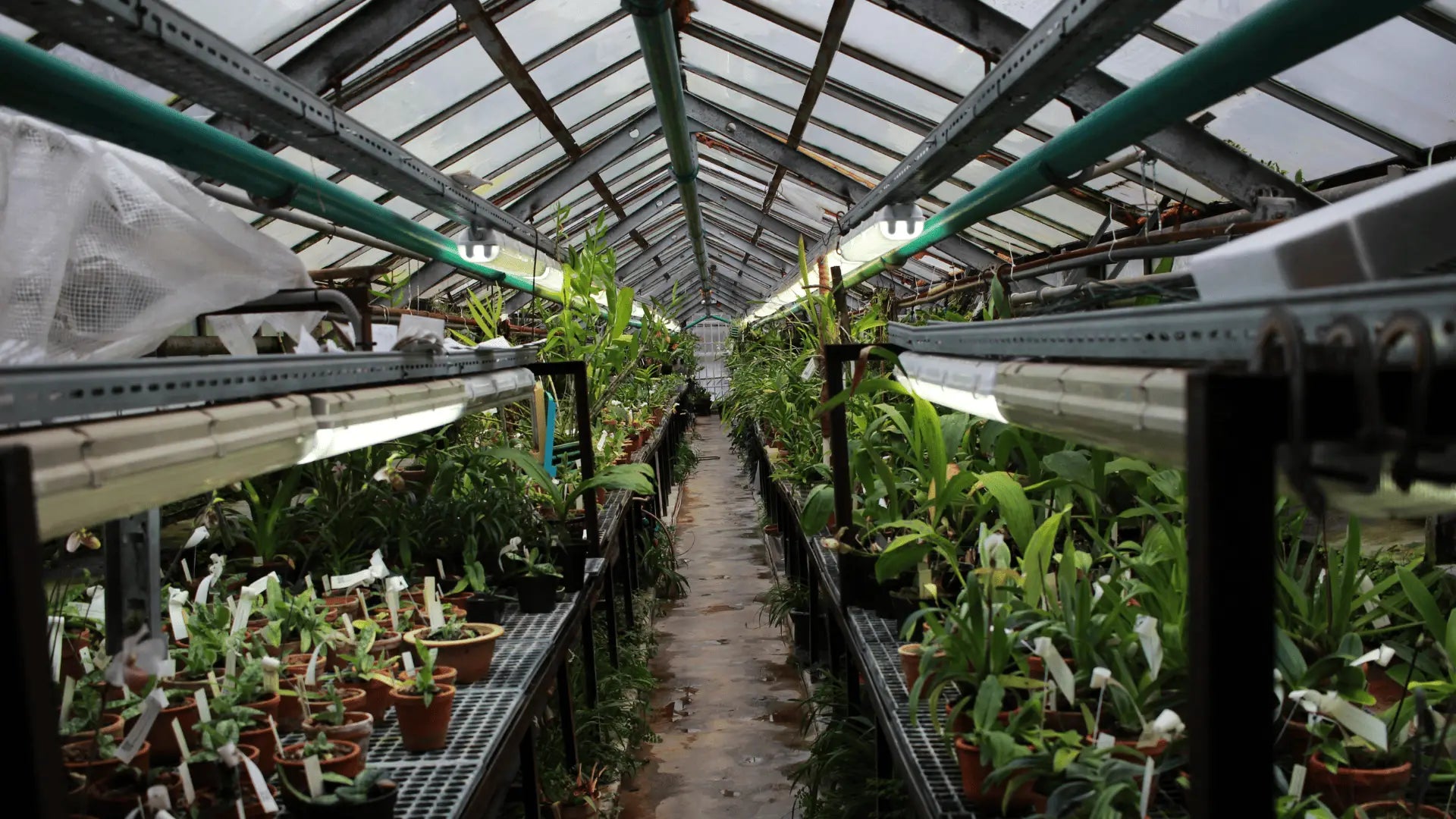

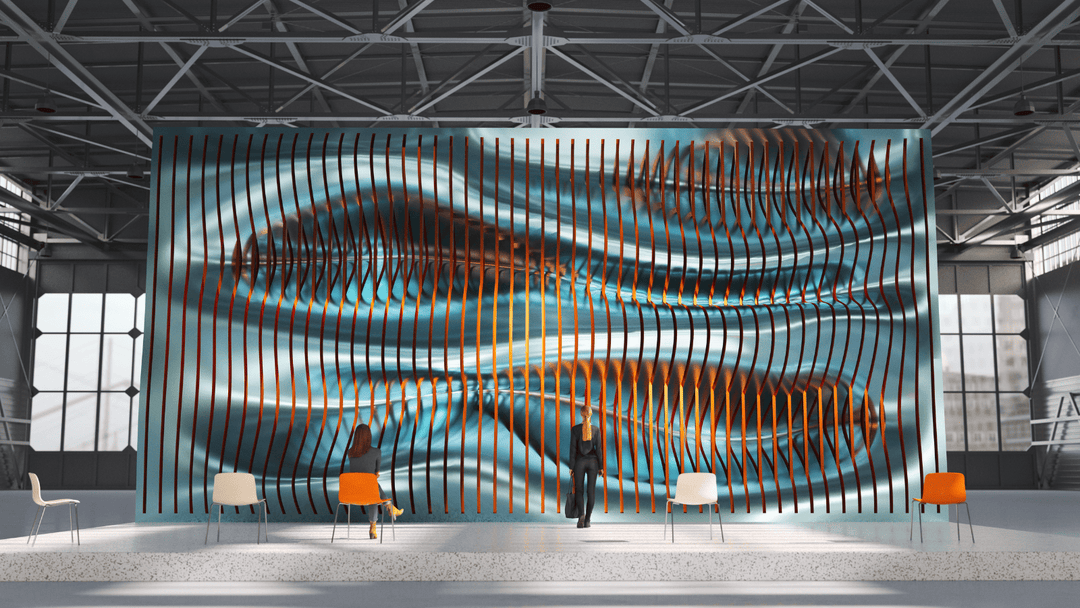
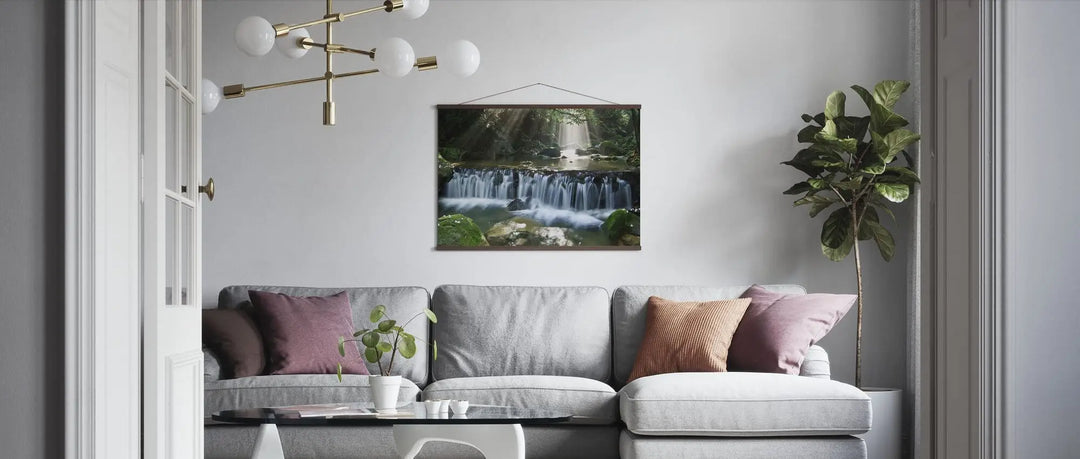
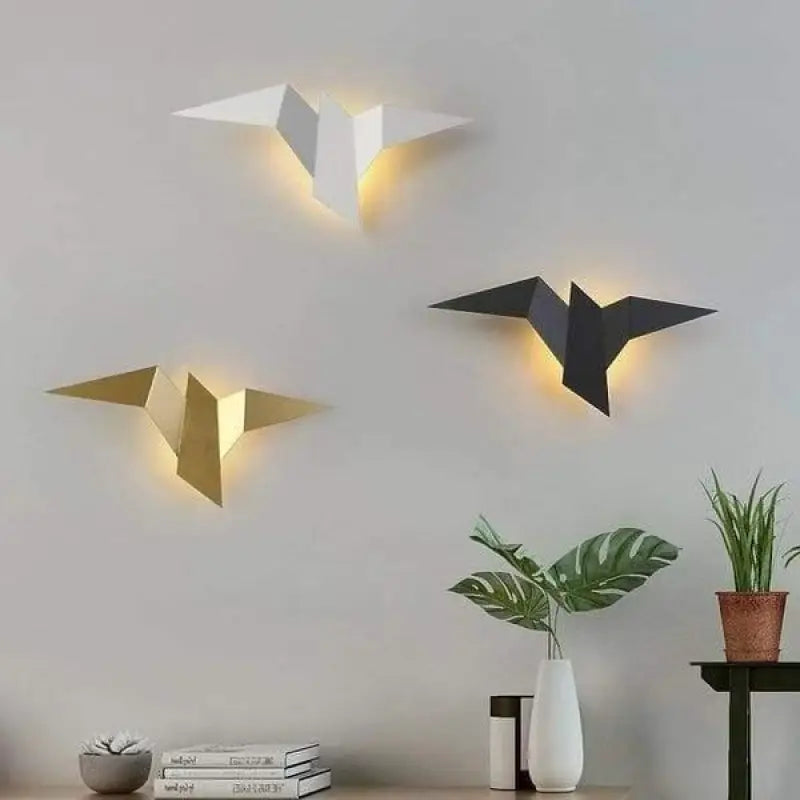
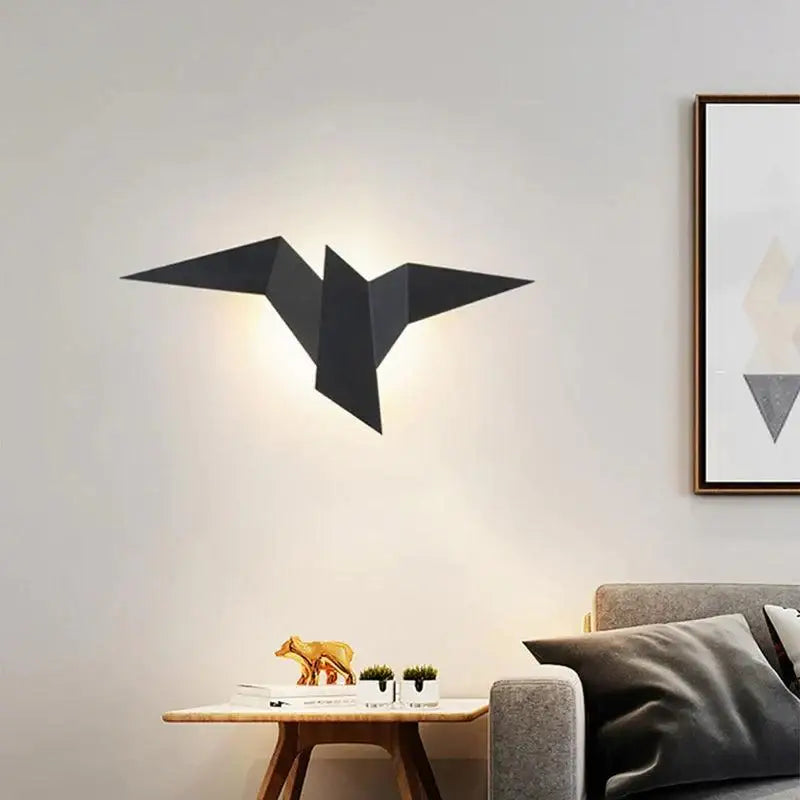
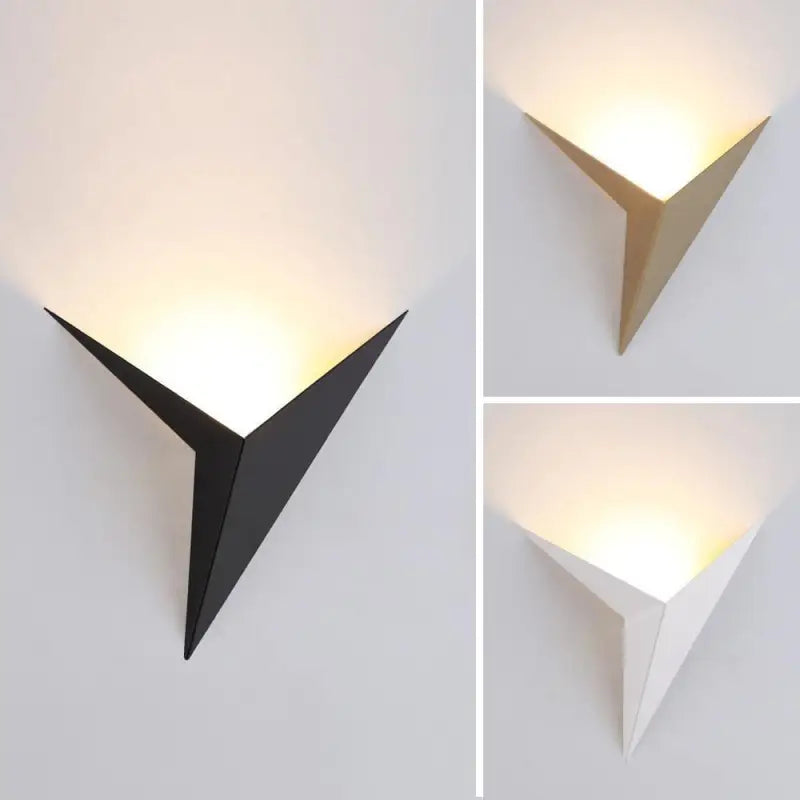
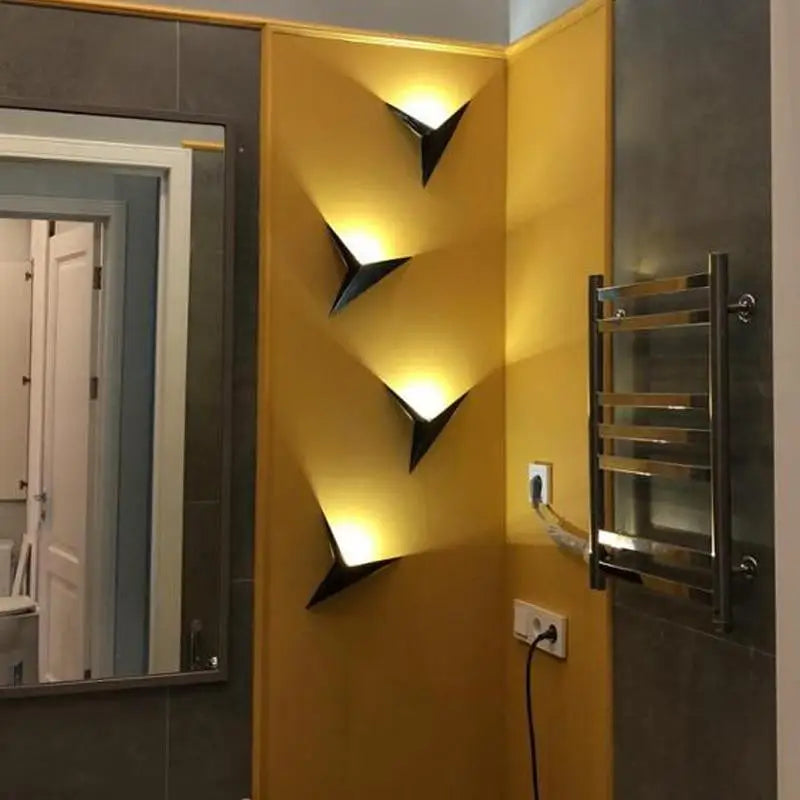
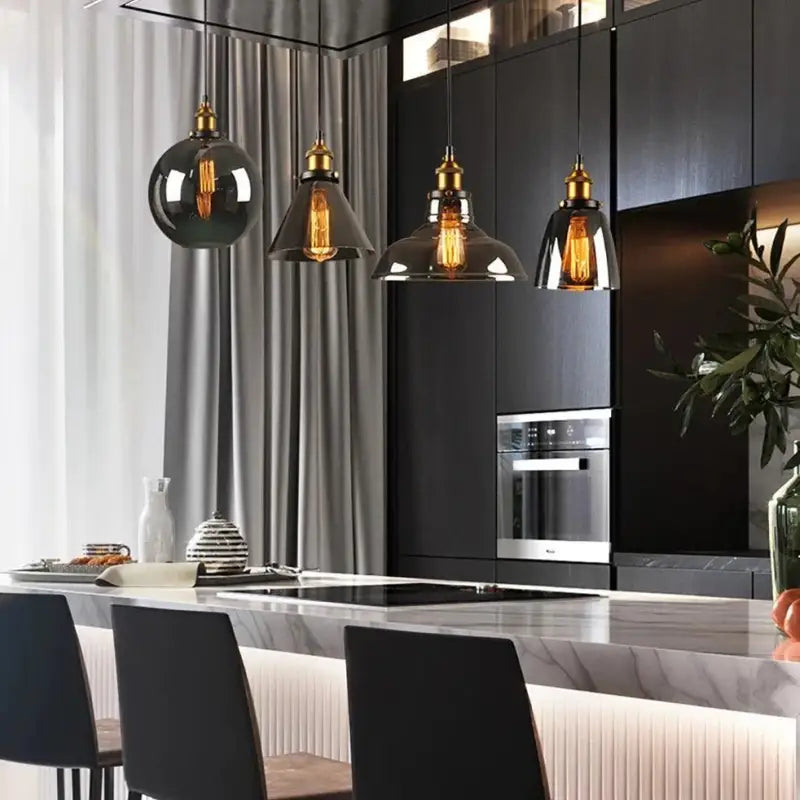
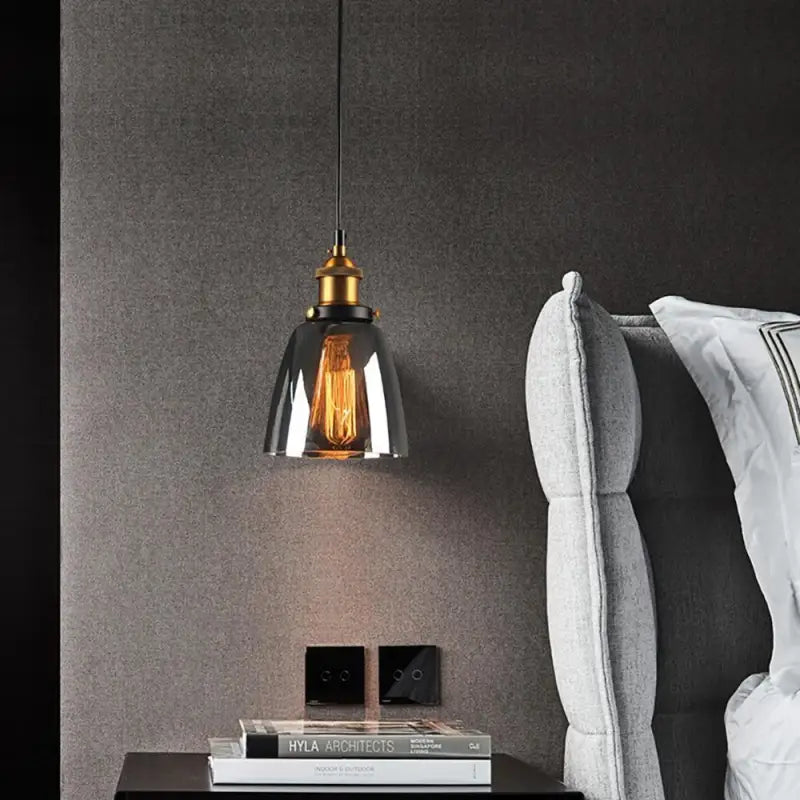
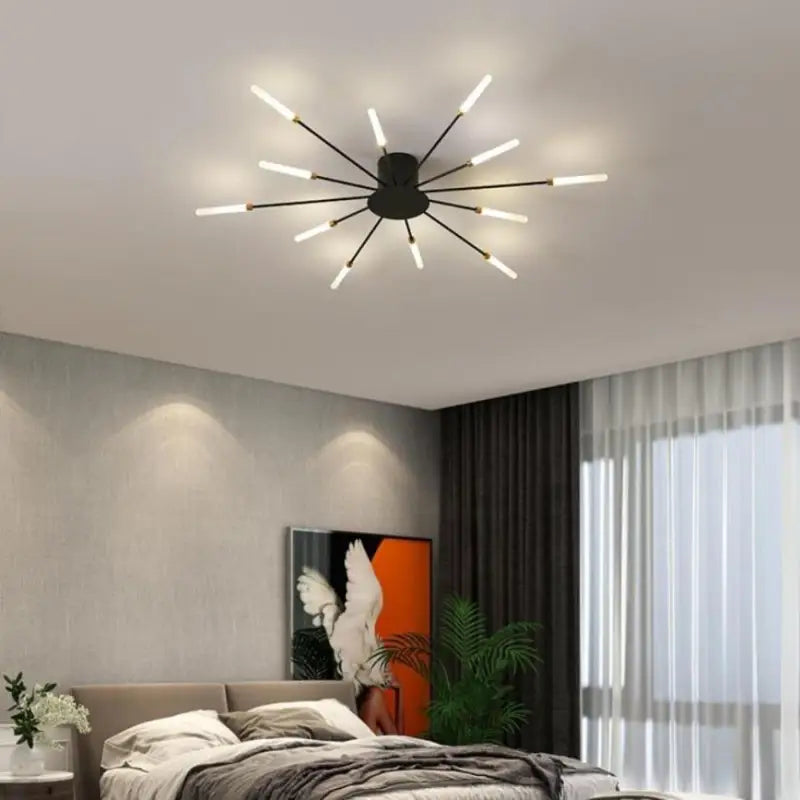
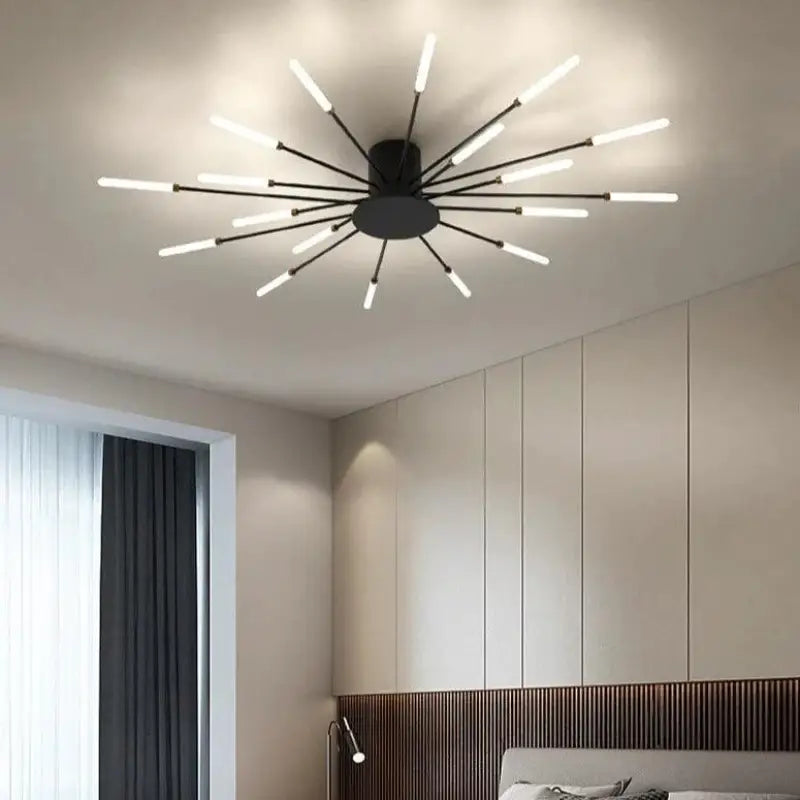
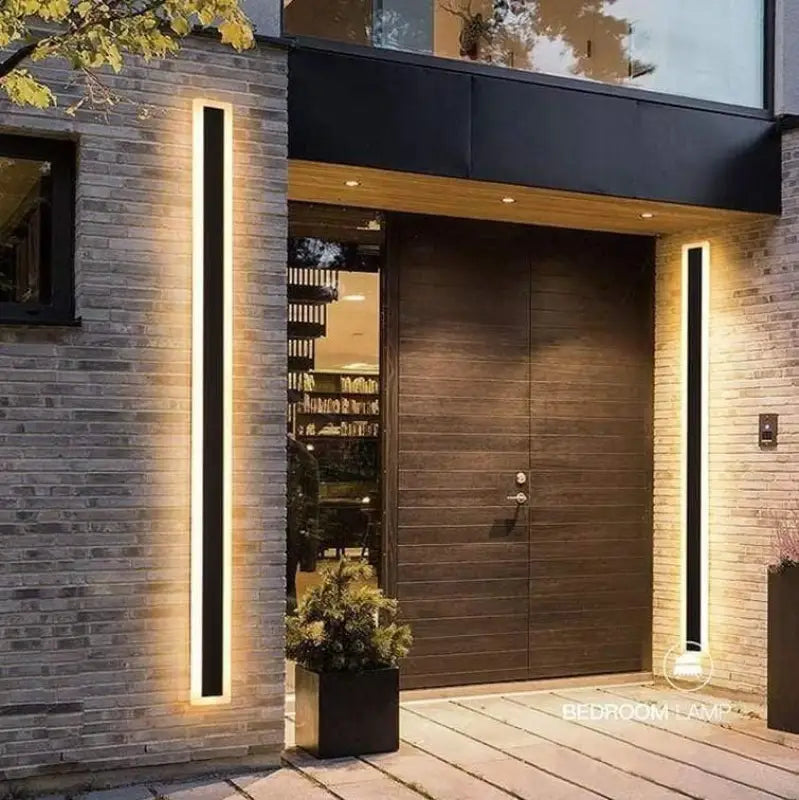
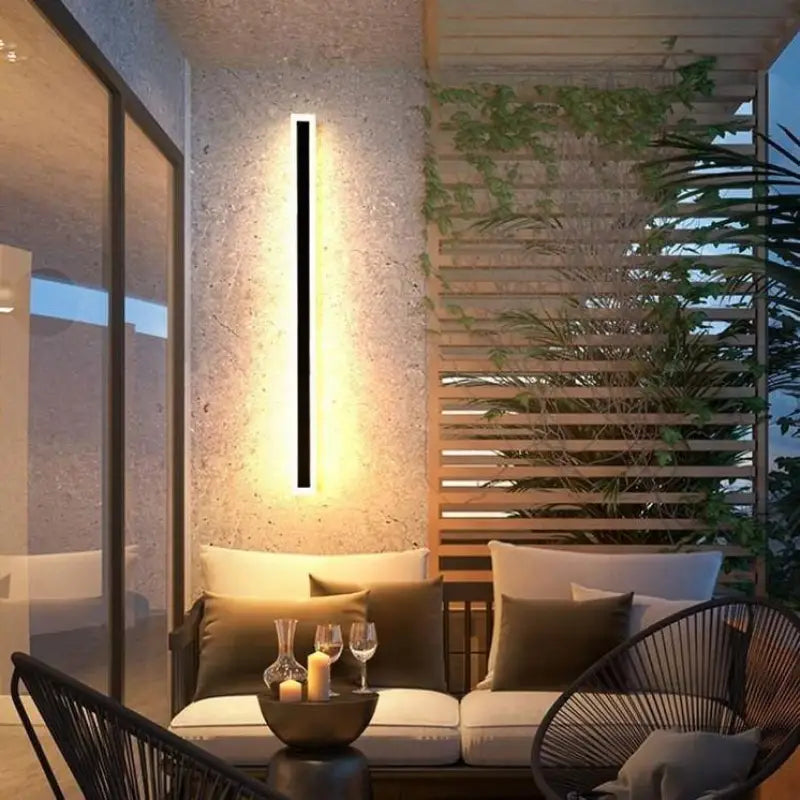
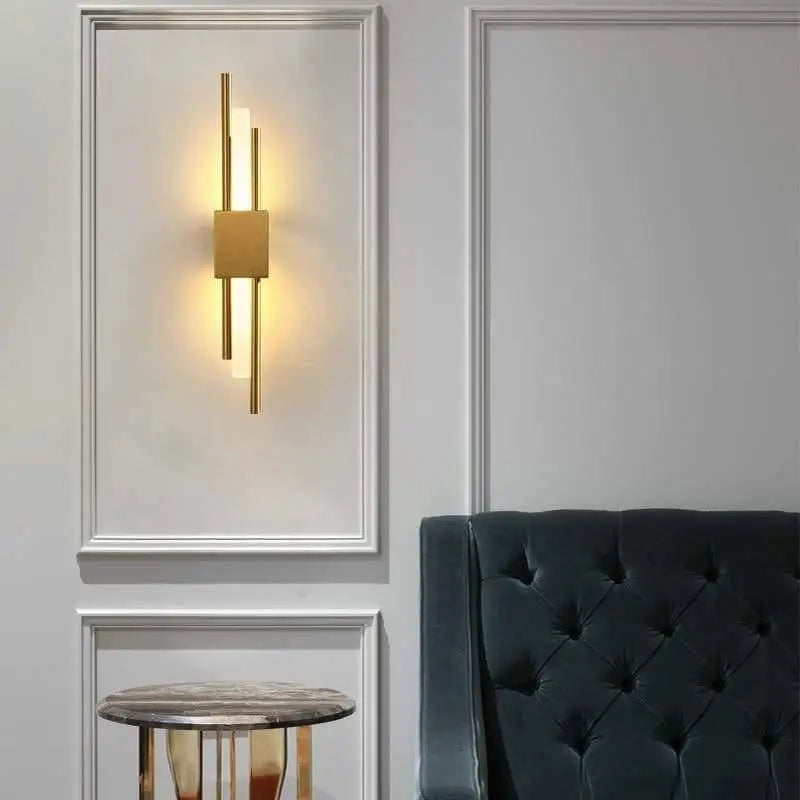
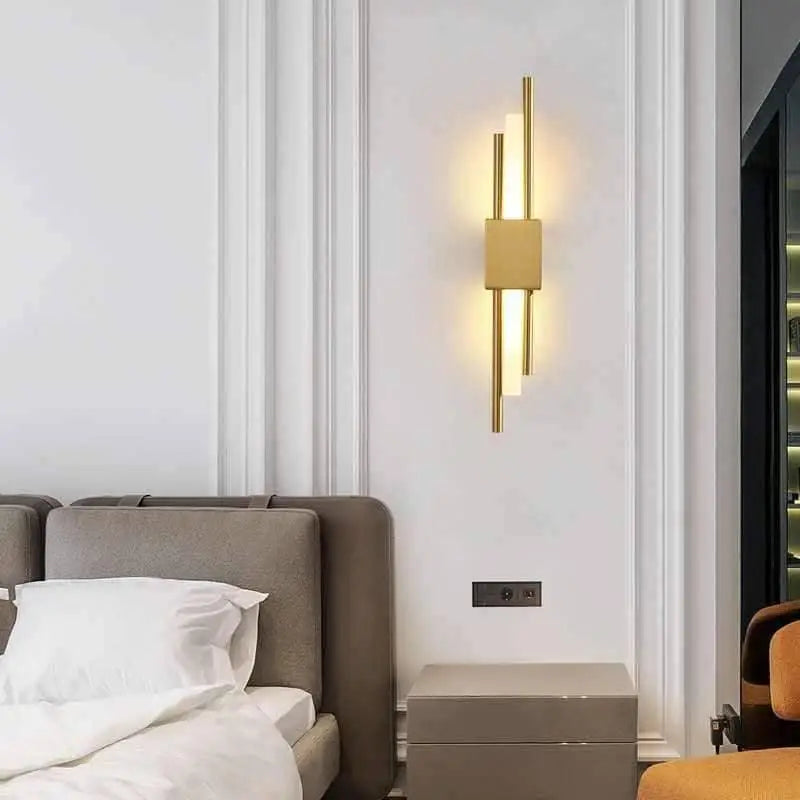
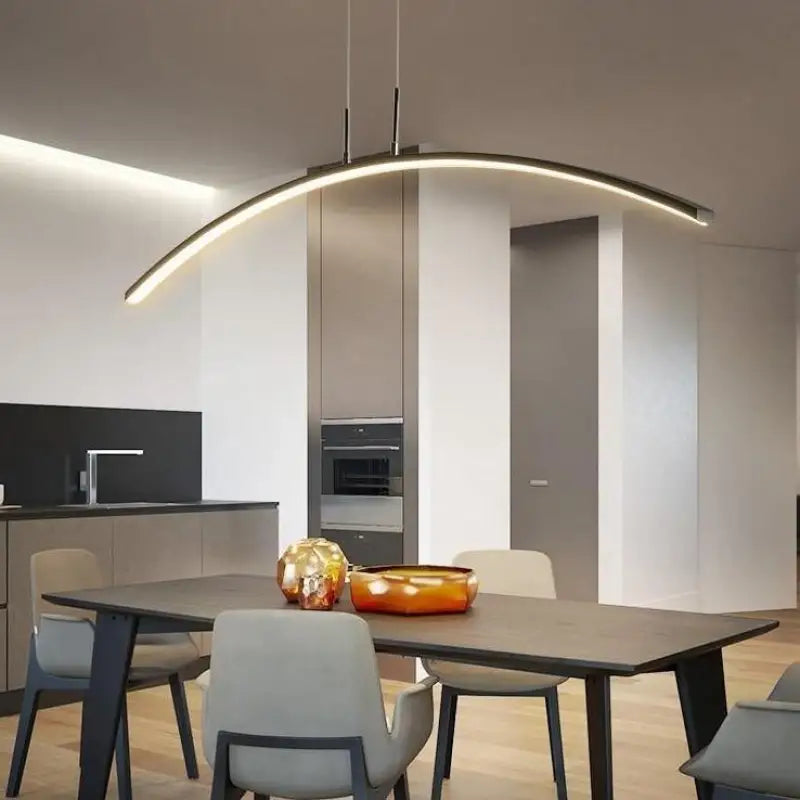
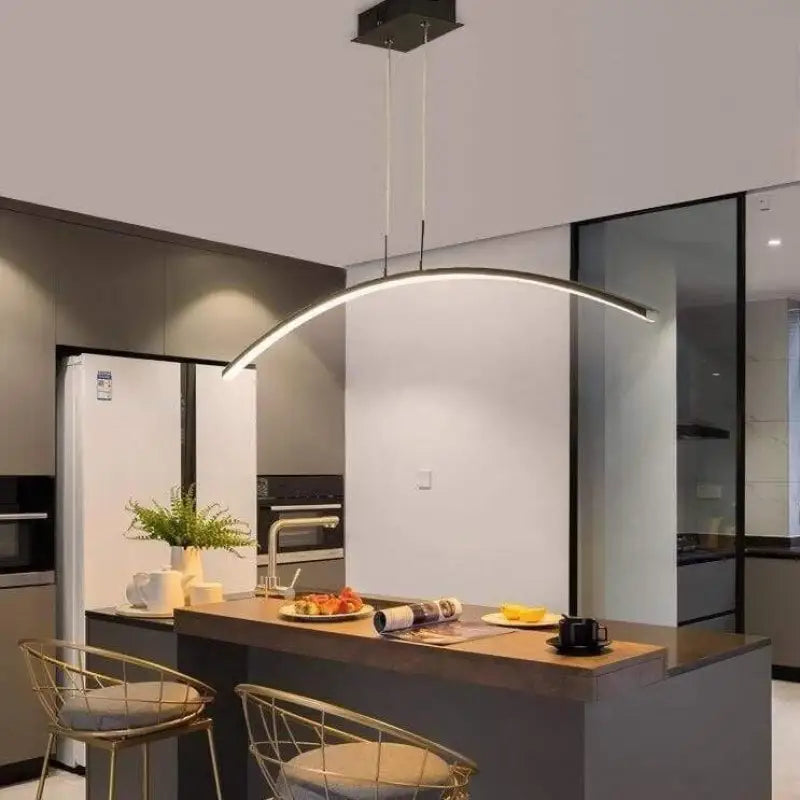
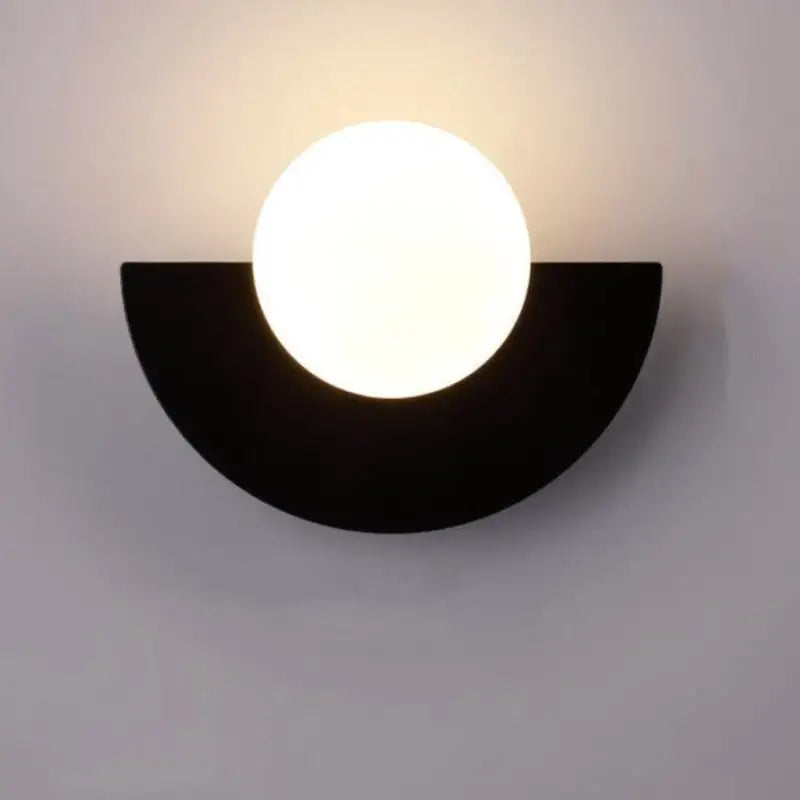
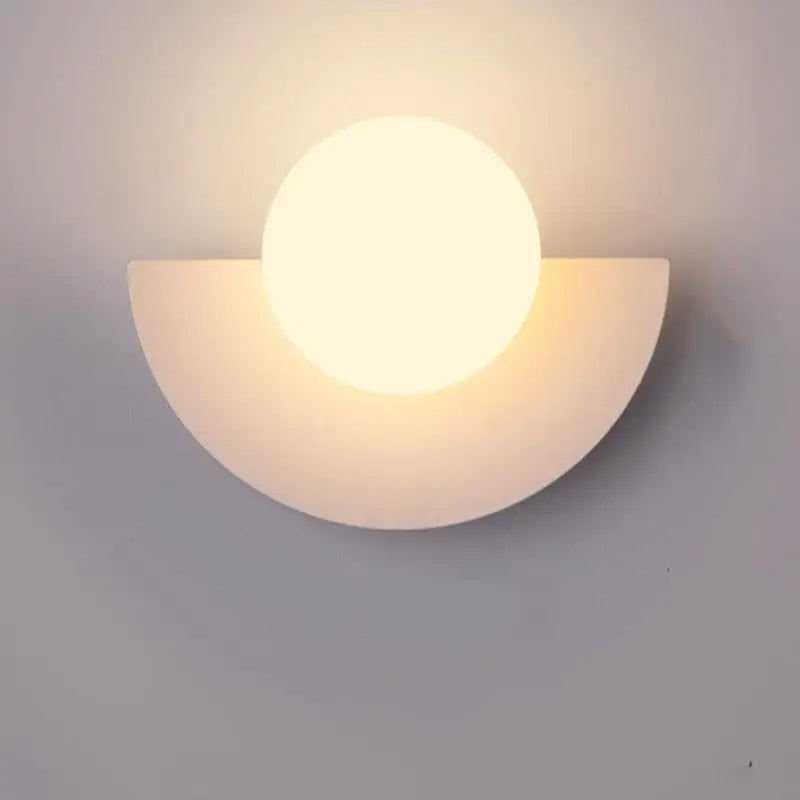
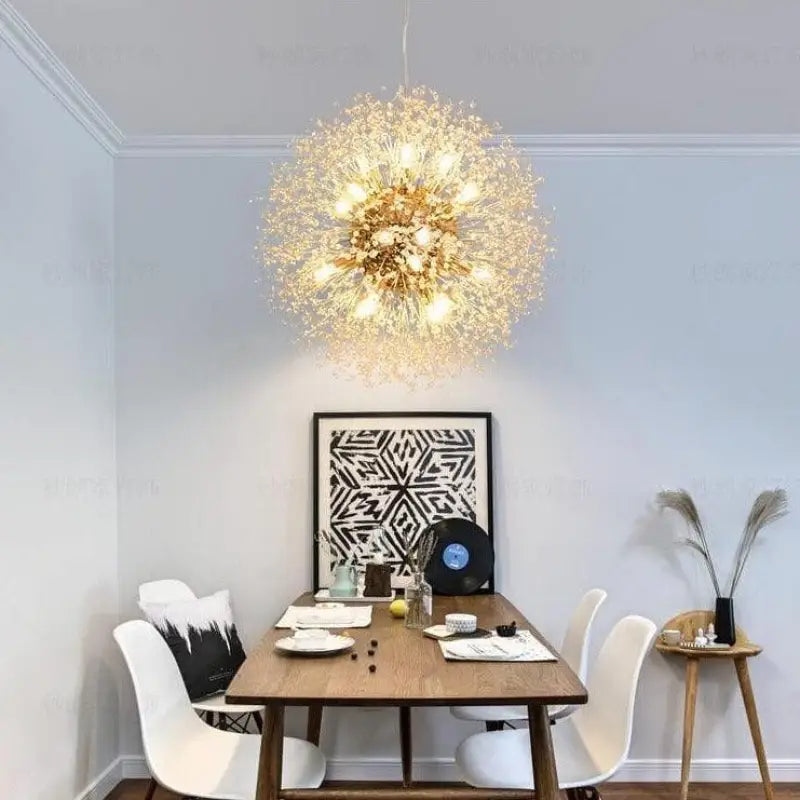
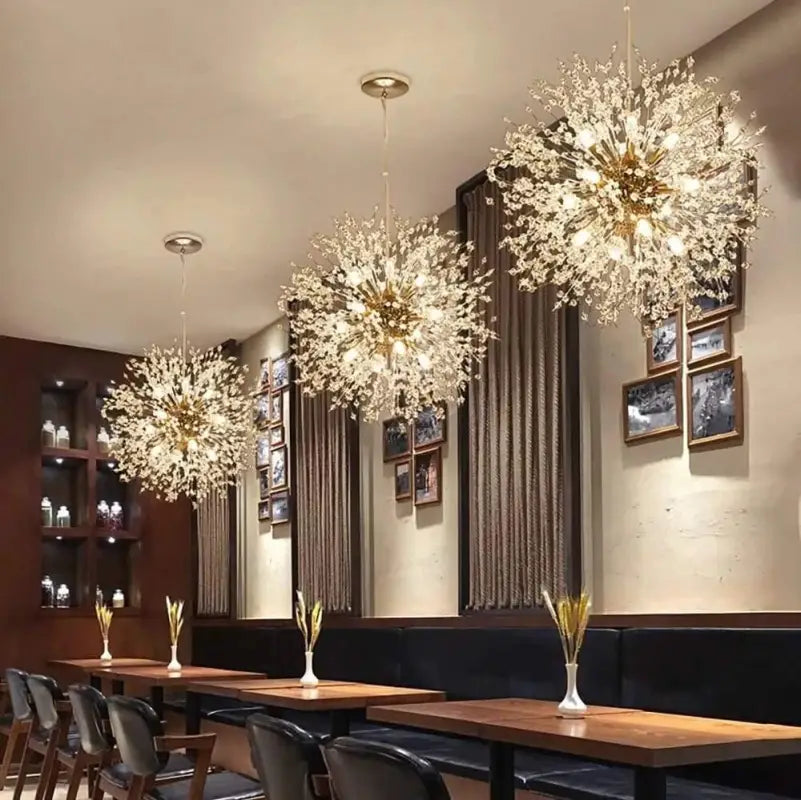
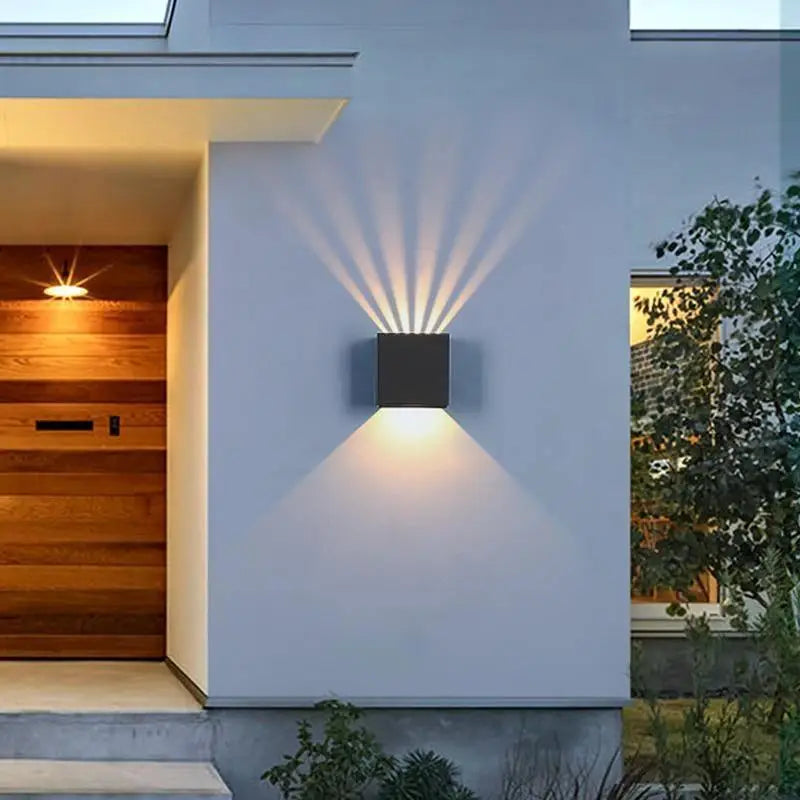
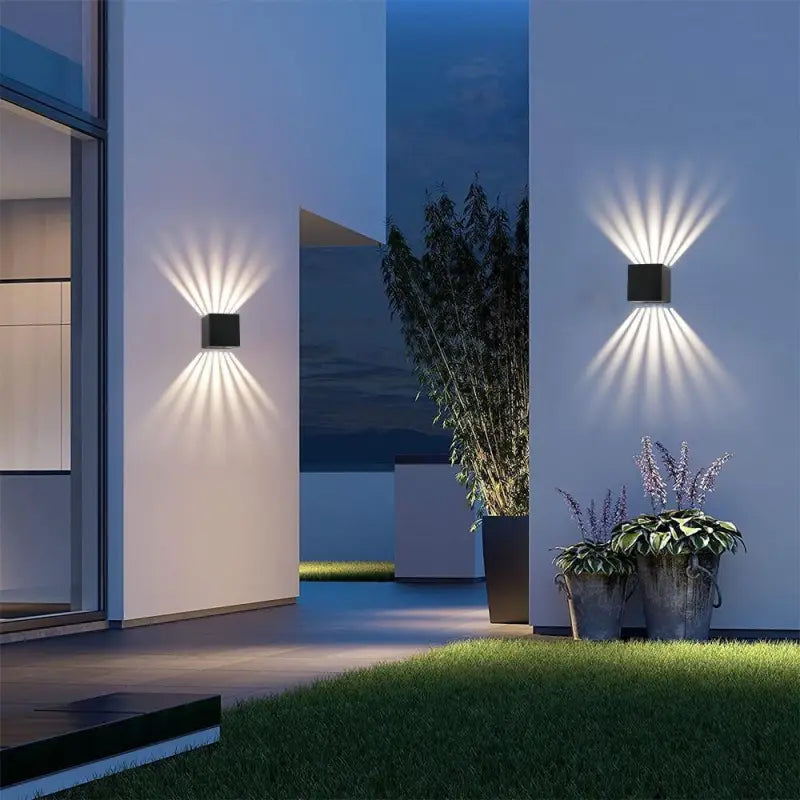
Leave a comment